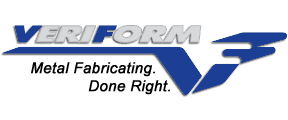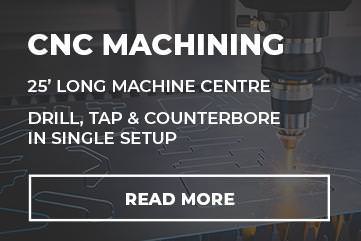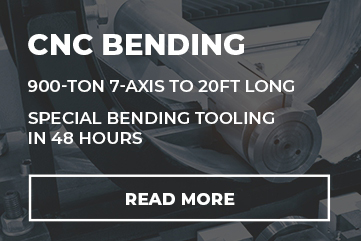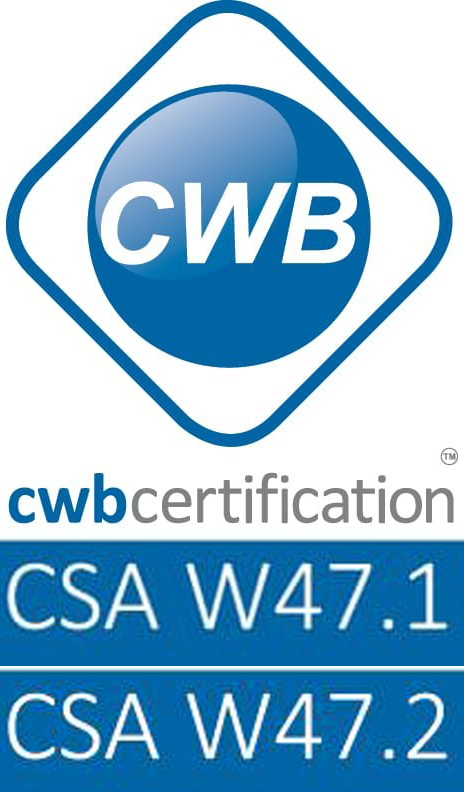News
Plasma Cutting vs Laser Cutting Cost: A Real-world Comparison
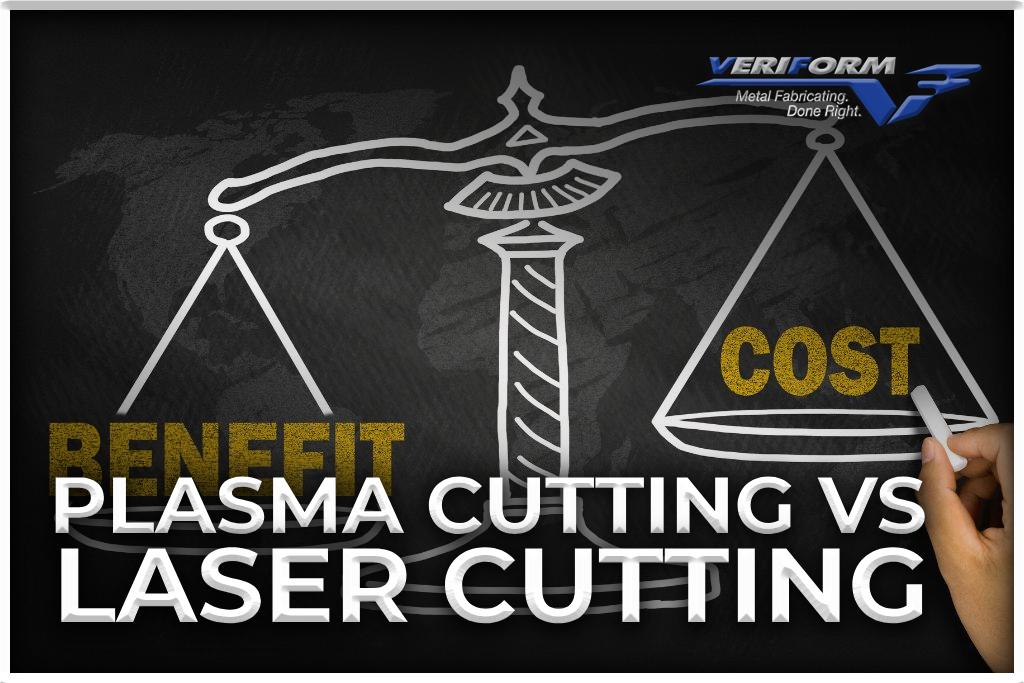
Plasma cutting vs laser cutting costs — ever wondered which one wins the race? In this nifty guide, we’re about to embark on a thrilling, real-world cost comparison journey. Strap in; it’s time to demystify the cutting-edge conundrum!
Plasma Cutting: Beyond the Basics
Plasma cutting isn’t just a fancy term in the manufacturing world—it’s a process used across industries. With a jet of hot plasma, it slices through metal like a hot knife through butter. But what are the associated costs? Let’s delve deeper.
Applications and Benefits of Plasma Cutting
Plasma cutting isn’t reserved for high-tech industries alone. Construction, automotive repairs, and even scrapping services have found it beneficial. It’s highly effective for cutting thick materials, making it a go-to choice for those who require heavy-duty performance.
With the ability to cut through conductive metals with high speed and precision, plasma cutting delivers quick turnarounds. Therefore, when time is money, plasma cutting can prove to be a cost-effective choice.
Examining the Cost Considerations of Plasma Cutting
When looking at “plasma cutting vs laser cutting cost,” the cost of plasma cutting equipment is typically lower. Plus, it allows the cutting of thicker materials, potentially saving you the cost of additional machinery.
However, operating costs can be high. This includes energy consumption, consumable parts, and the maintenance of air filters due to the heavy smoke produced. Therefore, in the long term, plasma cutting could become a costlier choice.
Laser Cutting: A Closer Look
Next up, let’s demystify laser cutting. This process utilizes a high-powered laser to melt and vaporize materials, a feat which is impressive in its own right. But does it stand up to plasma cutting in terms of cost?
Applications and Advantages of Laser Cutting
Laser cutting has applications as varied as the industries it serves. From delicate jewelry design to the robust aerospace industry, laser cutting offers precision like no other.
The advantages? The ability to cut non-metallic materials, cleaner cuts, less waste, and lower power consumption. It’s also worth noting that laser cutting requires fewer consumables, which can help keep costs down.
Analyzing the Cost Factors of Laser Cutting
When it comes to “plasma cutting vs laser cutting cost,” laser cutting equipment comes with a higher initial price tag. However, the long-term operating costs are significantly lower.
Factors such as lower power consumption, reduced waste, and minimal consumable requirements can contribute to overall cost savings. Additionally, the cleaner cuts and precision offered by laser cutting can reduce or eliminate the need for post-cutting processes, further saving on costs.
Cost Factors in Plasma Cutting: A Deep Dive
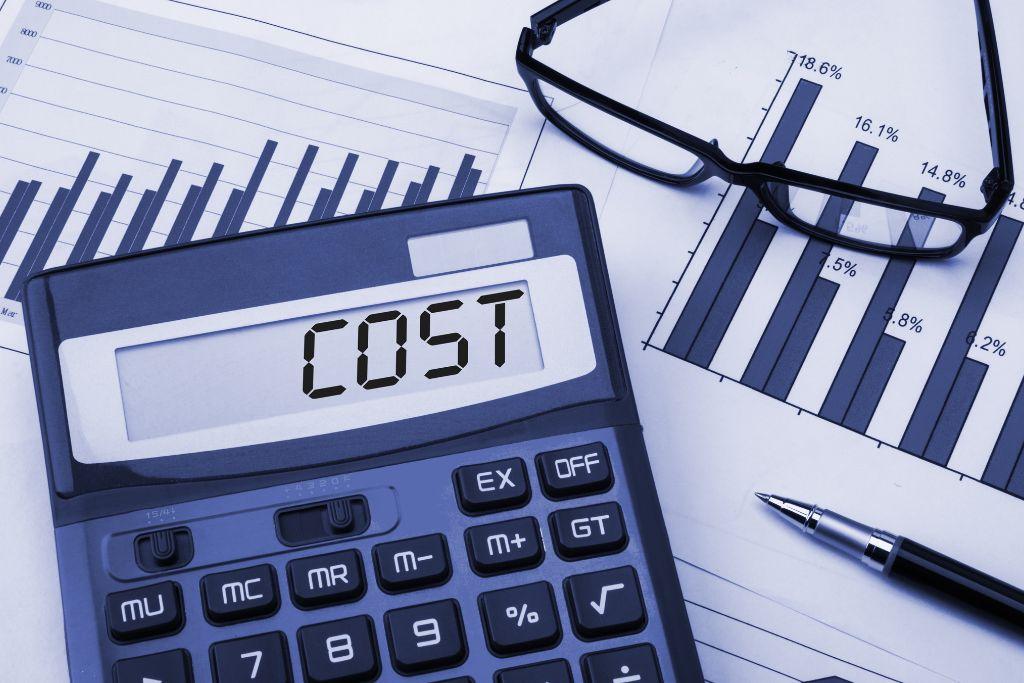
When considering plasma cutting, several cost factors come into play. Let’s dissect each one to give you a clearer understanding of this complex puzzle.
Material Costs in Plasma Cutting
Different materials require varying levels of energy and time to cut, directly impacting the cost. Conductive metals, for instance, are well suited to plasma cutting. While the ability to cut thick materials can save on machine costs, the increased energy required can inflate overall expenses.
Equipment Costs for Plasma Cutting Machines
When it comes to equipment, plasma cutters tend to be more affordable than their laser counterparts. However, this cost advantage may be offset by higher operating expenses, which brings us to our next point.
Plasma Cutting and Energy Consumption
Energy consumption is a significant factor in the total cost of plasma cutting. Operating a plasma cutter requires a substantial amount of energy, especially when cutting thicker materials, adding to the overall cost.
Maintenance and Consumables in Plasma Cutting
Lastly, plasma cutting requires the replacement of consumables and regular machine maintenance, both of which contribute to the total cost. In addition, the smoke produced by plasma cutting necessitates frequent air filter changes, adding another layer to the expense pile.
Cost Factors in Laser Cutting: An Examination
Laser cutting, on the other hand, has its own set of cost factors. Let’s delve into each one.
Material Costs in Laser Cutting
While laser cutting can handle a variety of materials, the cost fluctuates depending on the type and thickness of the material. Non-metallic materials, for example, are less expensive to cut with a laser, while thicker metals require more energy, thereby increasing costs.
Equipment Costs for Laser Cutting Machines
Laser-cutting machines carry a higher upfront cost than plasma cutters. However, the benefits of precision, speed, and energy efficiency can offset this initial investment over time.
Energy Consumption in Laser Cutting
Despite the high initial cost, laser cutters use less energy than plasma cutters, especially when cutting thinner materials. This energy efficiency can lead to substantial cost savings in the long run.
Maintenance and Consumables in Laser Cutting
In terms of maintenance, laser cutting machines require less frequent upkeep than plasma cutters. Fewer consumables are needed as well, which further reduces ongoing costs.
Cost Comparison: Plasma Cutting vs Laser Cutting

In the “plasma cutting vs laser cutting cost” debate, a direct comparison of costs can help paint a clearer picture.
Direct Cost Analysis
While plasma-cutting equipment costs less upfront, higher operating costs and maintenance can outweigh this advantage. Laser cutting, though more expensive initially, offers lower ongoing costs, potentially leading to savings over time.
Efficiency and Productivity
In terms of speed, plasma cutting is generally faster for thicker materials, potentially increasing productivity and reducing labour costs. However, the superior precision of laser cutting can eliminate the need for secondary processes, further saving time and money.
Precision and Quality
The quality of a cut directly influences the overall project cost. While plasma cutting is effective for thick materials, the precision of laser cutting can reduce waste and save on material costs.
Scalability and Versatility
When it comes to scalability and versatility, the nature of your projects will determine which method is more cost-effective. For diverse materials and thicknesses, the versatility of laser cutting might make it the more cost-effective choice. Conversely, for projects primarily involving thick, conductive materials, plasma cutting might be the more economical option.
Case Studies: Real-World Cost Comparisons
Case studies provide valuable insights into real-world applications. Let’s examine the cost implications of plasma cutting vs laser cutting in three distinct scenarios.
Case Study 1: Industrial Applications
In heavy-duty industrial applications, plasma cutting proves cost-effective due to its ability to handle thick materials efficiently. Despite higher operating and maintenance costs, the speedy and robust performance of plasma cutting machines provides value for money in high-volume, thick-material industrial operations.
Case Study 2: Artistic Projects
For artists working with mixed media, the precision and versatility of laser cutting are often worth the initial investment. The capability to handle non-metallic materials, produce intricate designs, and reduce material waste leads to cost savings in the long run, making laser cutting a preferred choice.
Case Study 3: Automotive Manufacturing
In the automotive industry, a balance of speed, precision, and cost is essential. While plasma cutting offers speed, the precision and versatility of laser cutting, along with lower operating costs, make it a cost-effective solution for this industry.
Summary: Making an Informed Choice
Deciding between plasma cutting and laser cutting involves considering various cost factors, including material, equipment, energy consumption, and maintenance costs. Your specific project requirements and budget will play significant roles in this decision.
Conclusion: The Final Cut
Choosing between plasma cutting and laser cutting ultimately comes down to analyzing costs and assessing project-specific needs. By understanding the cost factors associated with each method, you can make an informed decision that balances quality, efficiency, and budget constraints. Always remember: the cheapest option isn’t always the most cost-effective in the long run. So, choose wisely.
Frequently Asked Questions (FAQs)
Let’s address some common queries about “plasma cutting vs laser cutting cost” to provide a more comprehensive understanding.
- Primary cost factors in choosing between plasma and laser cutting include equipment costs, material costs, energy consumption, and maintenance costs.
- For small-scale projects with limited budgets, the choice often depends on the specific project requirements. Laser cutting is often preferred for its precision, especially for intricate designs.
- Long-term cost savings can be realized with laser cutting due to its energy efficiency, reduced waste, and lower maintenance requirements.
- Material choice significantly impacts overall costs. Thicker, conductive materials are costlier to cut with lasers, while non-metallic materials are more expensive to cut with plasma.
- The initial investment in cutting equipment can often be justified by long-term cost benefits, particularly with laser cutting machines.
- Maintenance costs and requirements are generally higher for plasma-cutting machines due to the need for regular consumable replacements and air filter changes.
- Industries where precision and versatility are critical often find laser cutting more cost-effective. In contrast, industries that primarily cut thick conductive materials may find plasma cutting more economical.
- Consumable costs are typically higher for plasma cutting due to frequent replacements needed for electrodes and nozzles.
- The choice of cutting method can indeed affect the overall project timeline. Plasma cutting is typically faster for thick materials, while laser cutting offers speed and precision for thinner materials.
- Hidden costs to consider include training costs for operators, potential downtime for maintenance, and the cost of secondary processes, if required.
